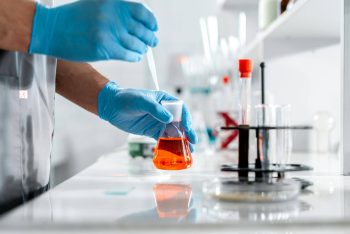The Ultrasound, Ultrasonography or Ultrasound in Mode B, is one of the most used diagnostic techniques in the Services of Radiodiagnosis and Centres of Diagnostic Imaging, among other reasons for:
- its high diagnostic reliability.
- It is cheaper when compared to the scanner and the magnetic resonance.
- It does not have harmful effects for the patient, because it uses ultrasound (US) as energy to elaborate the image and because it does not need contrasts, susceptible to produce adverse reactions.
Below are some basic concepts that may be of interest to you.
The ultrasound scanner
The ultrasound scanner is the device with which the scan is performed. It consists of a console with a screen for the image and multiple control buttons. From the console come one or several cables at the end of which is the transducer, part where the US originates and which has to slide through the skin for the elaboration of images. For the proper transmission of the US to the interior of the body, gel is placed between the transducer and the skin, preventing the interposition of air.
Sound and Ultrasound
The sound we perceive is related to small changes in air pressure, which originate in a very different way. The vibration of the string of a guitar or of the vocal cords of the larynx originates these changes of pressure that, transmitted by the air, make vibrate the eardrum and thus, they are perceived as sounds. The sounds have characteristic frequencies. The human ear can perceive sounds with a frequency between 20 and 20,000 cycles / sec, ie 20 Hz * (low sounds) at 20 KHz ** (high pitched sounds).
The US that are used in this imaging technique are of very high frequency, between 3 and 6 million cycles / sec (3-6 MHz) *** and are not perceived by the human ear. In non-abdominal scans, US of other frequencies can be used.

Ultrasound way in abdominal ultrasound
Inside the transducer there is a piezoelectric crystal that, stimulated by electricity, vibrates and originates the US that penetrates the interior of the body through the skin, and moves along the length and width of the viscera and anatomical structures. This US that travels through the organs, has the property of being reflected, that is, it returns back to the transducer when it crosses areas in which its transmission speed changes. These reflected echoes, upon reaching the transducer crystal, induce electrical impulses that are sent to the console through the cable and processed properly will generate the image.
When the speed changes in the transmission of the US are very large, as happens when it passes from a massive viscus to the air of the digestive system (stomach, intestine, etc.), large artifacts are produced that degrade the image, which is why exploration is not indicated to study hollow viscera with air.
* 1 Hz = 1 cycle / sec. (Hertz)
** 1 KHz = 1000 cycles / sec (Kilohertz)
*** 1MHz = 1,000,000 cycles / sec (Megahertz)





